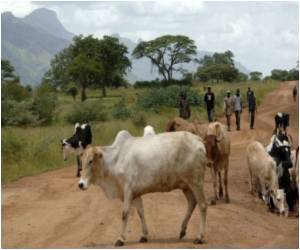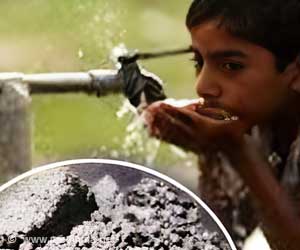Farmers in southern Africa are turning to trees and shrubs to naturally fertilize their fields. The World Agroforestry Centre hails the development as an exciting new trend.

“In only five African countries, there are now some 400,000 smallholder farmers using fertilizer trees to provide critically needed soil nutrients—and many report major increases in maize yields—which shows that it is possible to rapidly introduce innovations in Africa that can have an immediate impact on food security,” said Oluyede Ajayi, Senior Scientist at the World Agroforestry Centre and the paper’s lead author.
The study focuses on the rapid adoption of fertilizer trees by farmers targeted in research, training and extension programs in Malawi, Tanzania, Mozambique, Zambia and Zimbabwe. In eastern Zambia alone, the study reports the use of fertilizer trees grew from a pilot project in the early 1990s that involved only 12 farmers to adoption by 66,000 farmers as of 2006. In Malawi, there are now 145,000 farmers using fertilizer trees.
In addition, across the region, researchers have documented a doubling of maize yields on farms employing fertilizer trees compared to those that did not, which has dramatically increased both incomes and food security. In Zambia, for example, incomes for farmers using the fertilizer trees averaged from $233 to $327 per hectare, compared to only $130 for unfertilized fields. And the increased yields provided between 57 to 114 extra days of food.
“We also found that when farmers plant these trees, water efficiency improves,” Ajayi said. “Farmers are getting higher yields from the same amount of rainwater. And the trees are helping reduce the run-off and soil erosion that is a key factor behind food production shortfalls in Africa.”
Fertilizer trees enhance soil health by drawing nitrogen from the air and transferring it to the soil through their roots and leaf litter, replenishing exhausted soils with rich sources of organic nutrients. Scientists at the World Agroforestry Centre have been working since the 1980s to identify indigenous tree species, such as a fast growing variety of acacia that can be planted alongside crops to improve soil fertility. Among the many burdens facing African farmers are soils that are among the most depleted in the world. Yet for two-thirds of farmers on the continent, mineral supplements are either too expensive or simply unavailable.
“We need to provide farmers in Africa with a wide range of soil fertility options and not focus on one type or another as being somehow superior,” he said.
Source-Medindia
 MEDINDIA
MEDINDIA

 Email
Email





